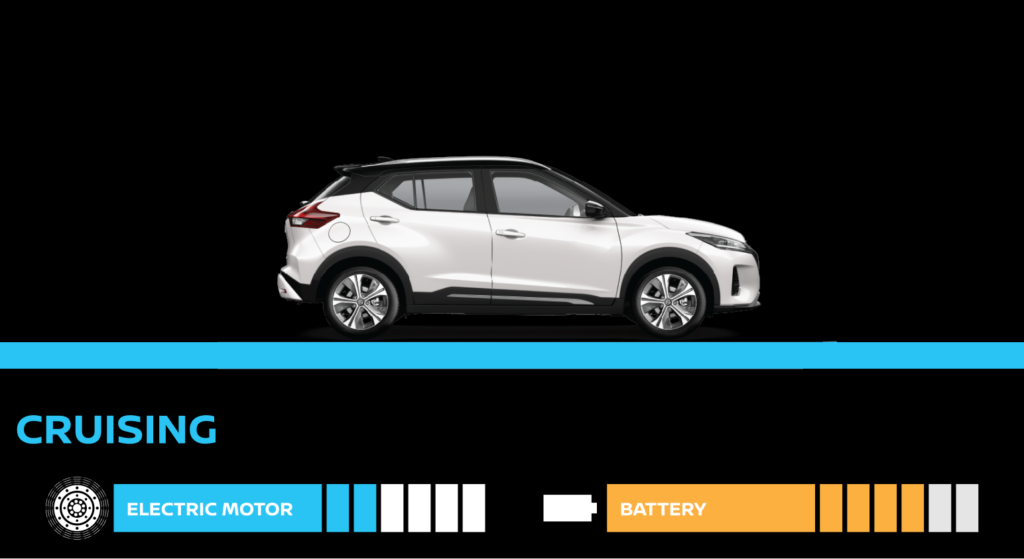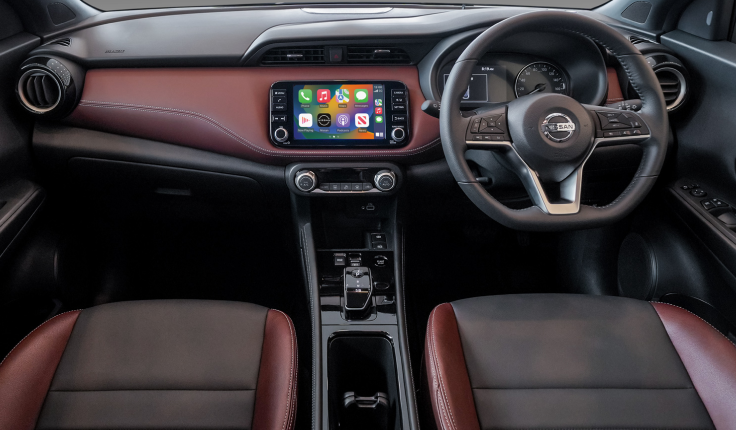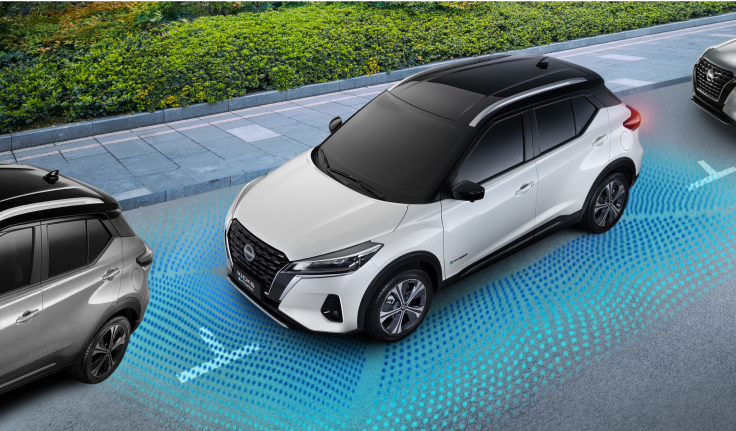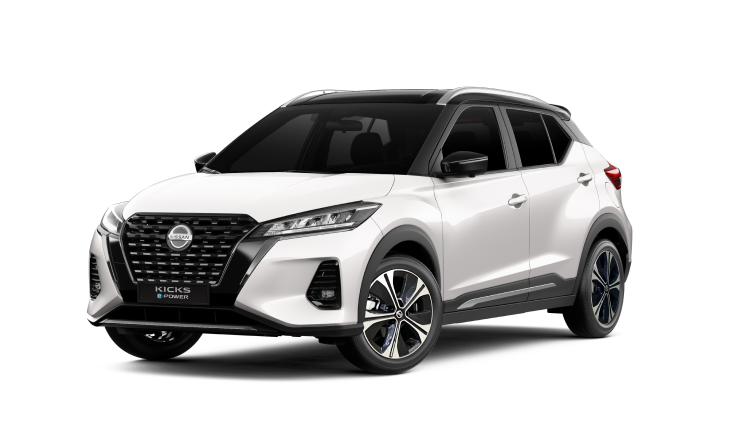e-POWER
2nd GENERATION
e-POWER
Experience the latest in e-POWER technology. More horsepower and a larger battery delivers stronger acceleration and a smoother drive, making every journey more exciting and enjoyable.
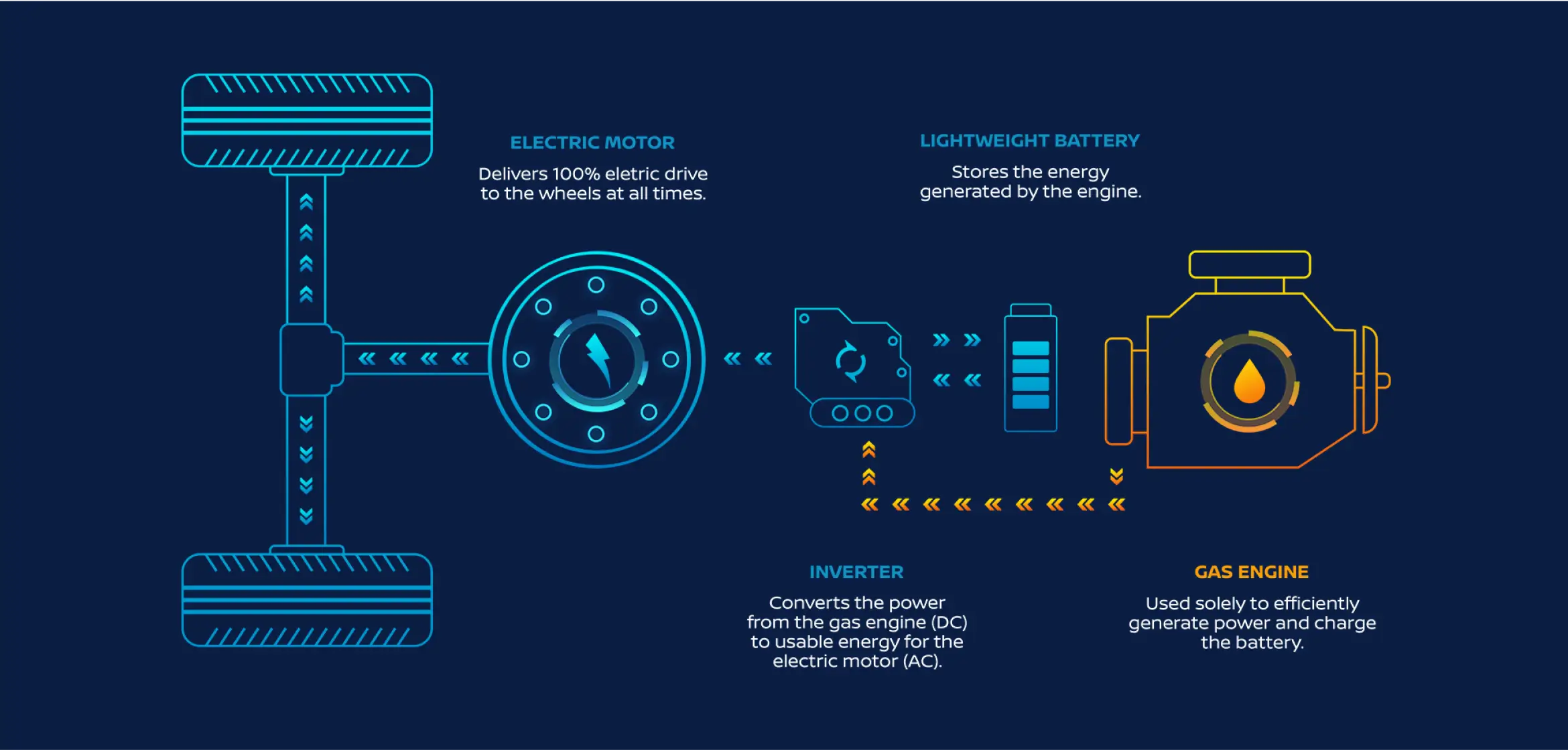
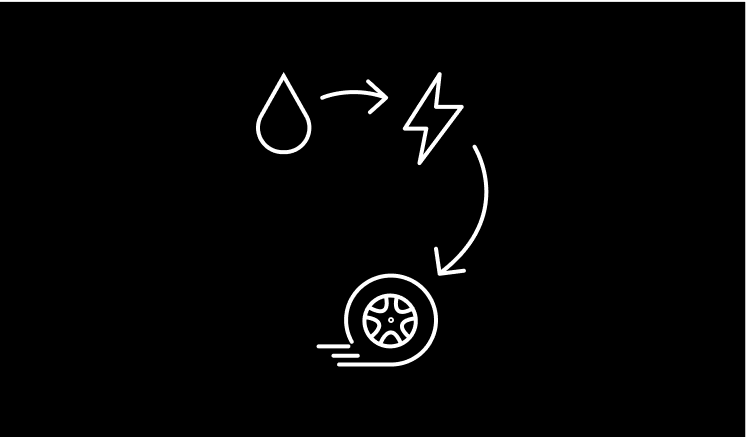
A new dimension in energy integration
Discover next-level innovation with Nissan's cutting-edge e-POWER technology. By seamlessly converting fuel into electricity, providing quiet, responsive, and powerful drives—offering the thrill of a 100% electric car without the need for charging.
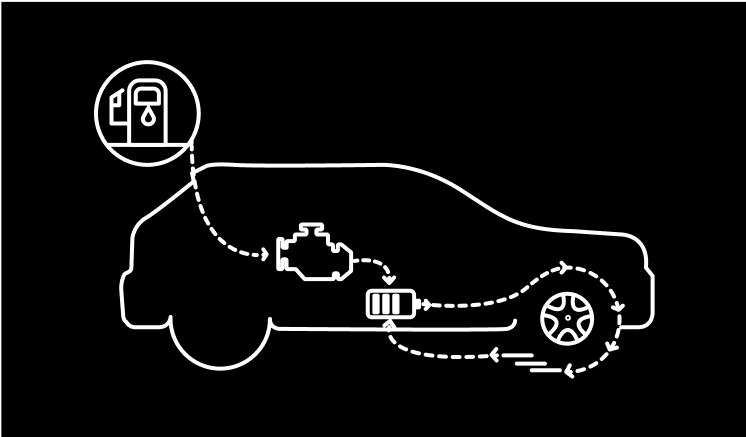
Charging on the go,
simplified
The e-POWER system charges the battery while you drive. Whether cruising or accelerating, the system intelligently monitors energy needs, using the engine to generate electricity only when necessary, keeping you powered without interruptions.

Recharge on every brake, power every journey
Turn braking into an energy boost with the e-POWER system. Every deceleration converts kinetic energy into electricity, stored to power your drive—ensuring that every stop takes you further.
Find the best KICKS
e-POWER for you
e-POWER DRIVE
The e-POWER Technology Working System
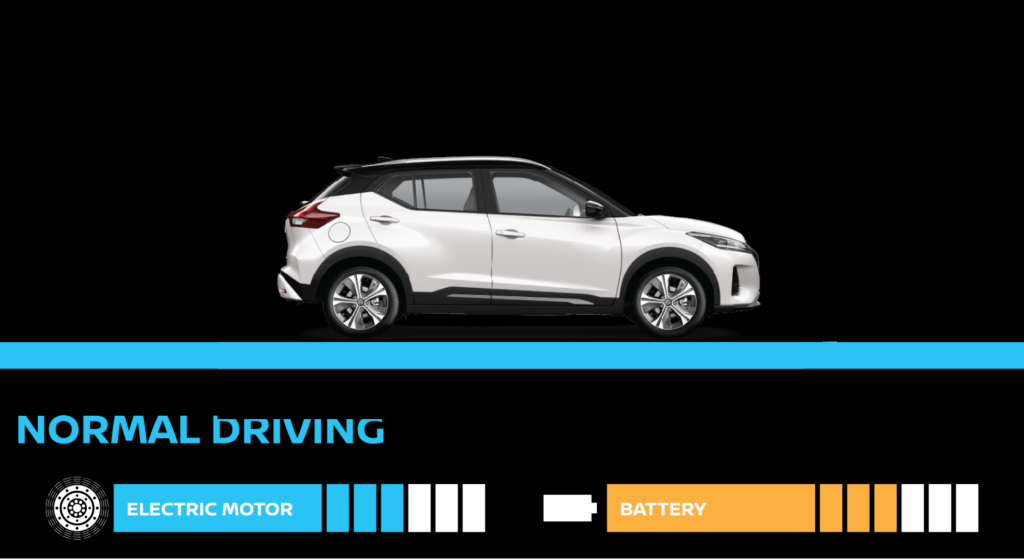
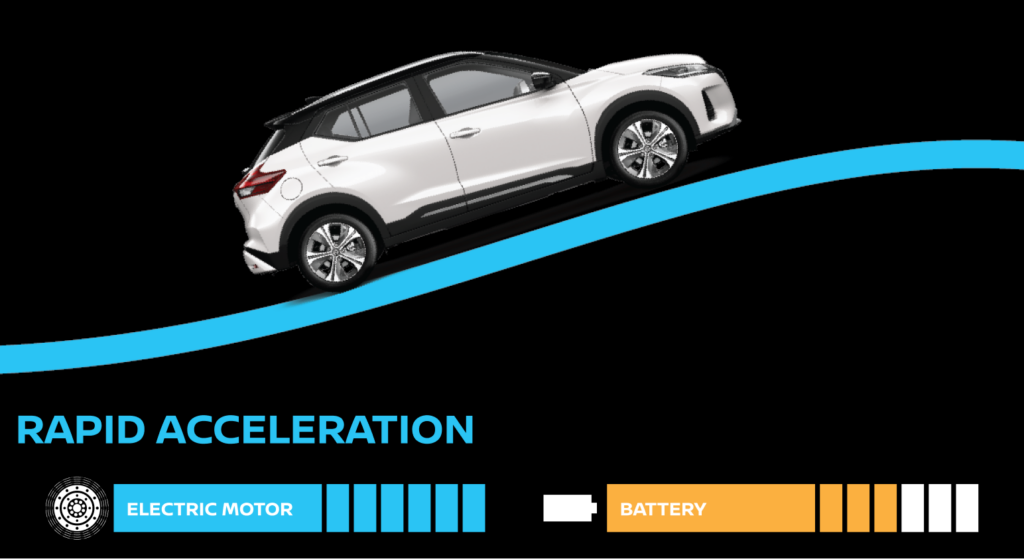
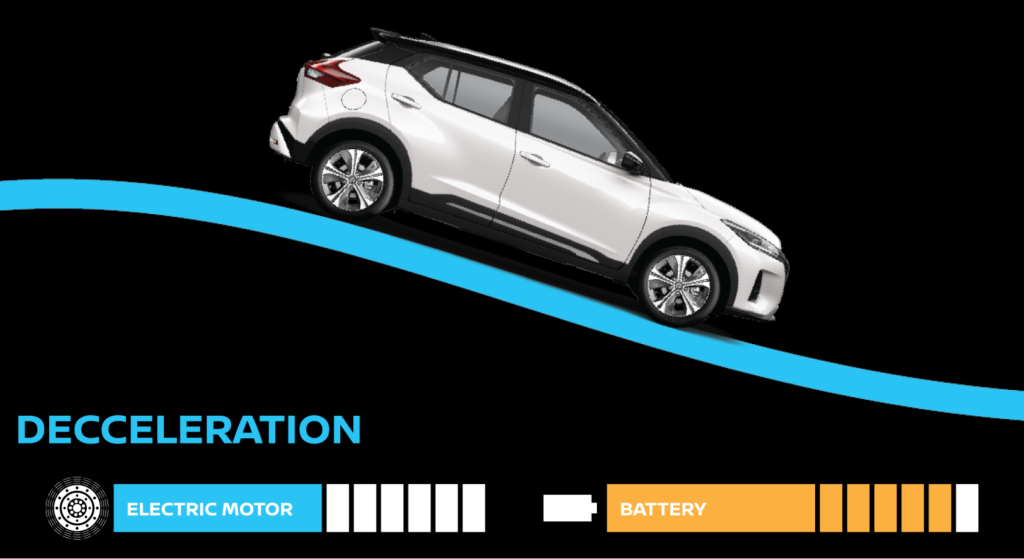
Driving modes
The Nissan KICKS e-POWER offers versatile driving modes to suit your journey. Adjust the electric motor’s response to prioritise performance or economy, ensuring every drive is perfectly tailored to your preferences.
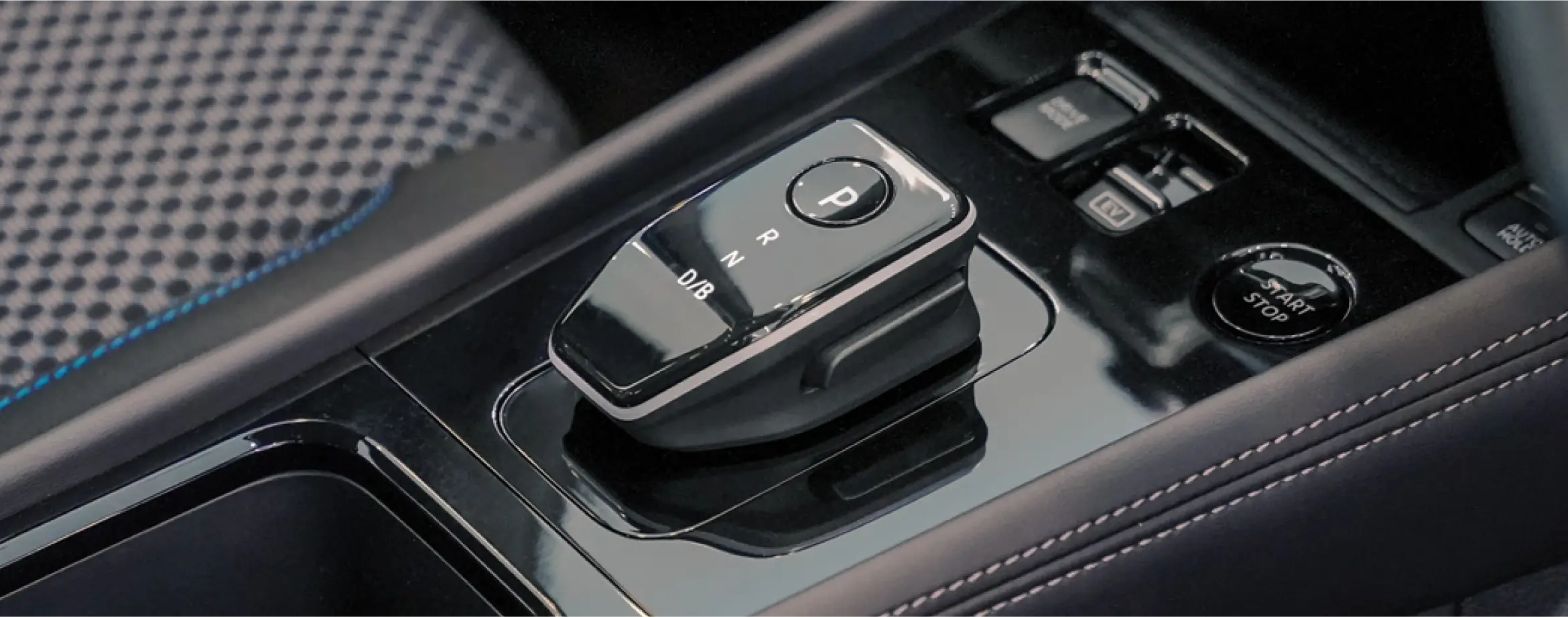
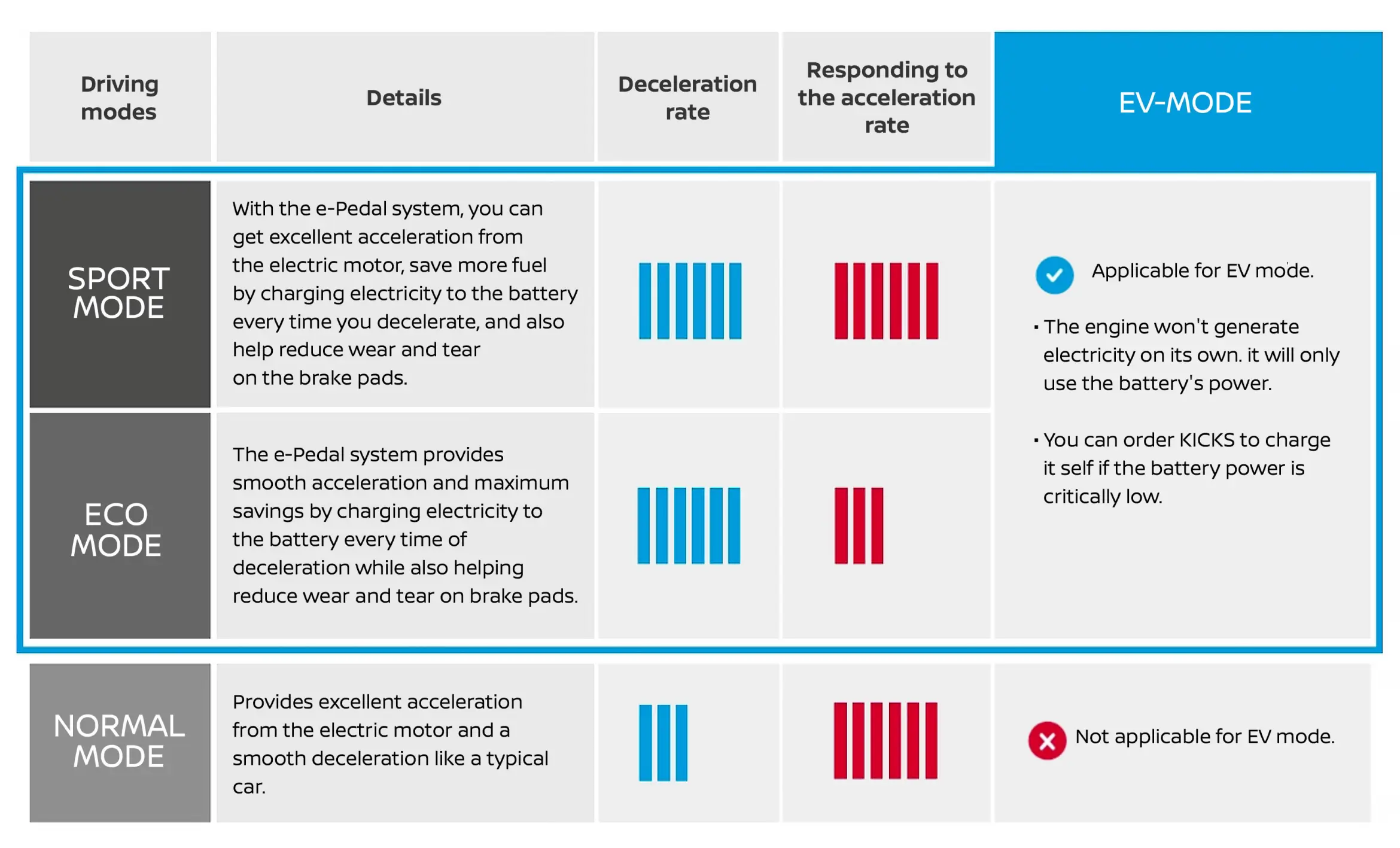
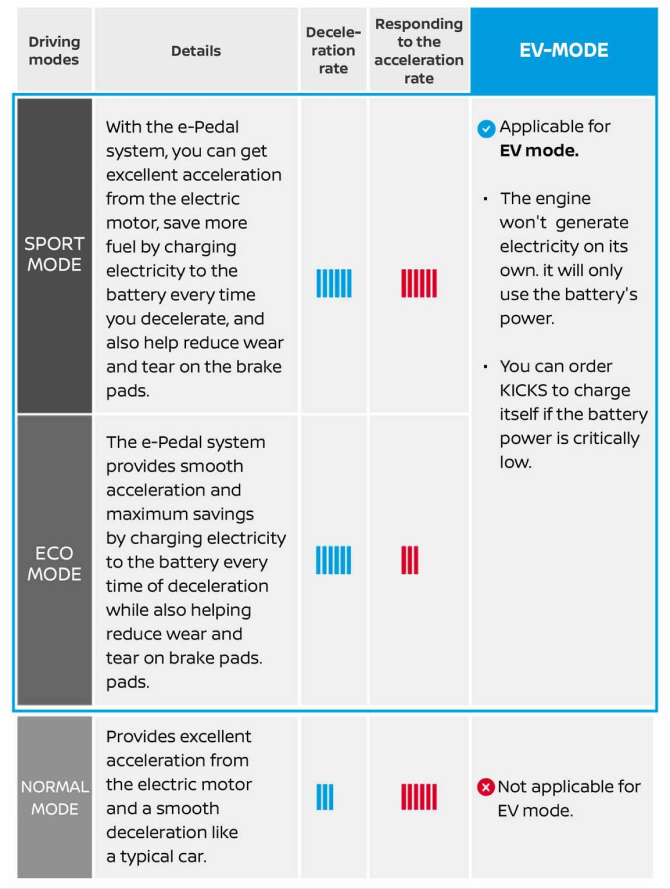
e-PEDAL STEP
Seamless control with the e-Pedal step
The e-Pedal Step lets you launch, accelerate, and decelerate effortlessly, all while recovering energy through regenerative braking. With just one pedal, enjoy a smooth, fatigue-free drive that’s both fun and efficient—whether it’s a quick city trip or a long-distance adventure.
Works seamlessly with SPORT and ECO driving mode. Lifting your foot off the accelerator slows the car down gently to 5 km/h for added convenience.
Actual car specifications may vary from photo shown.
